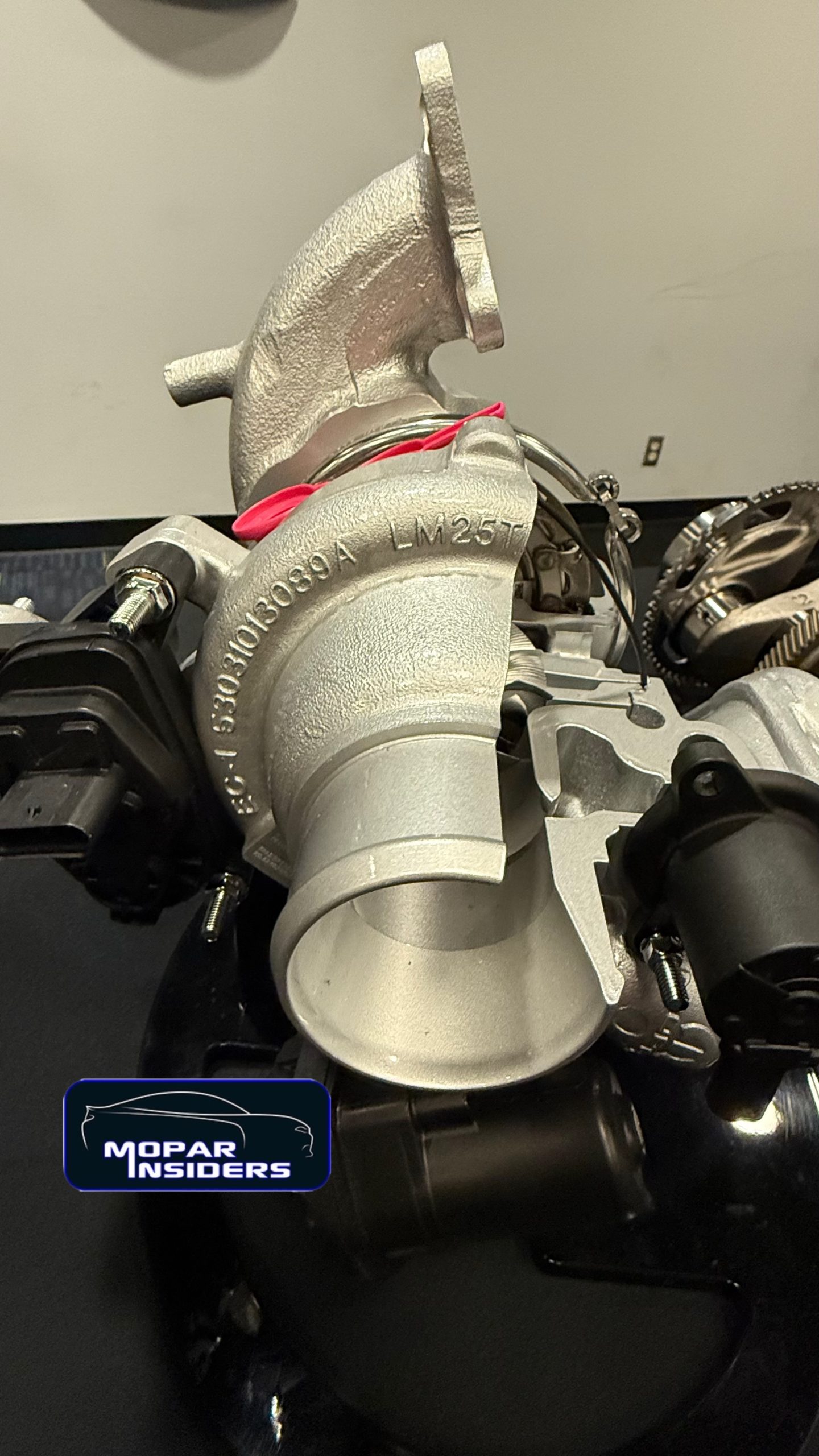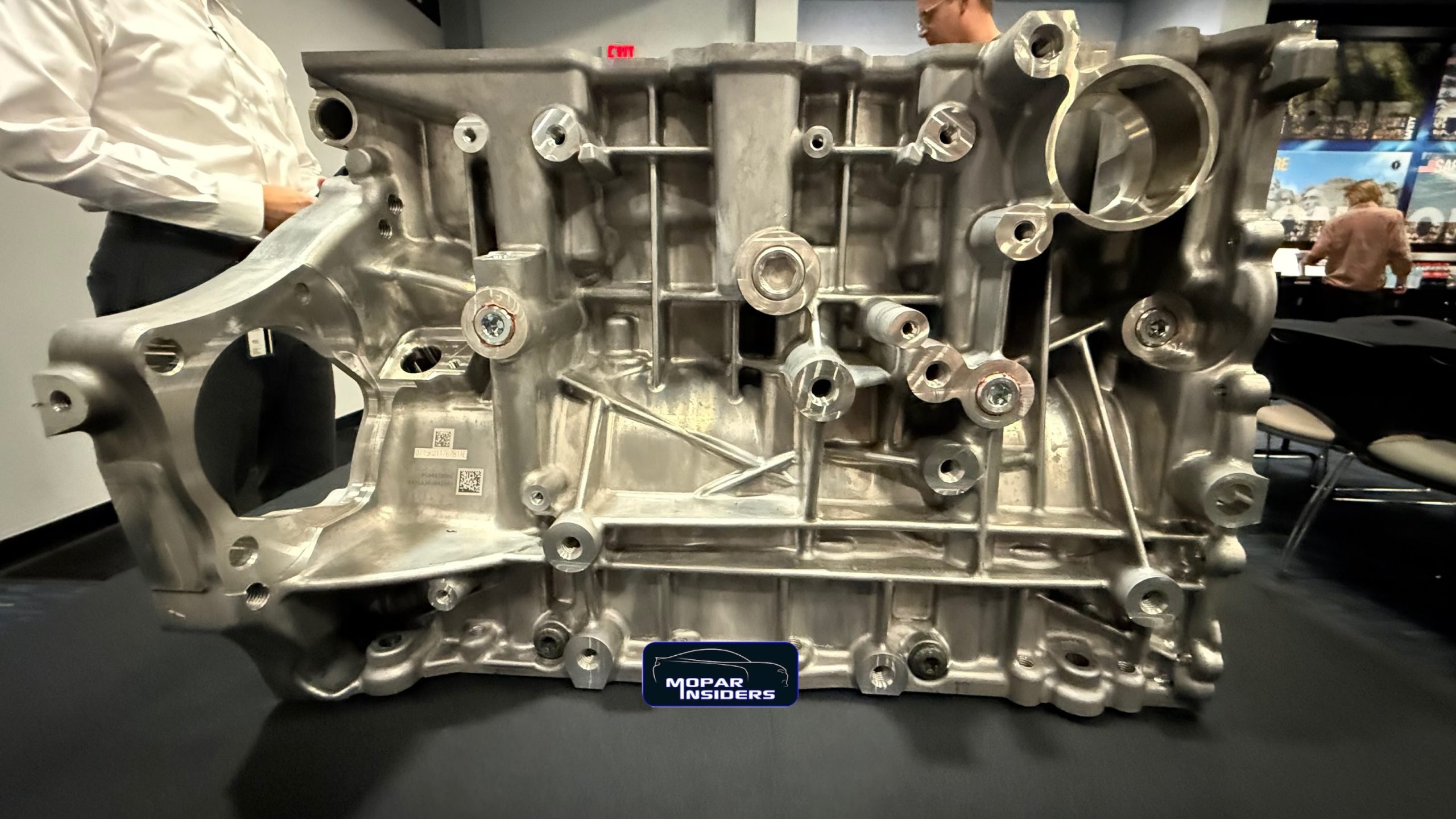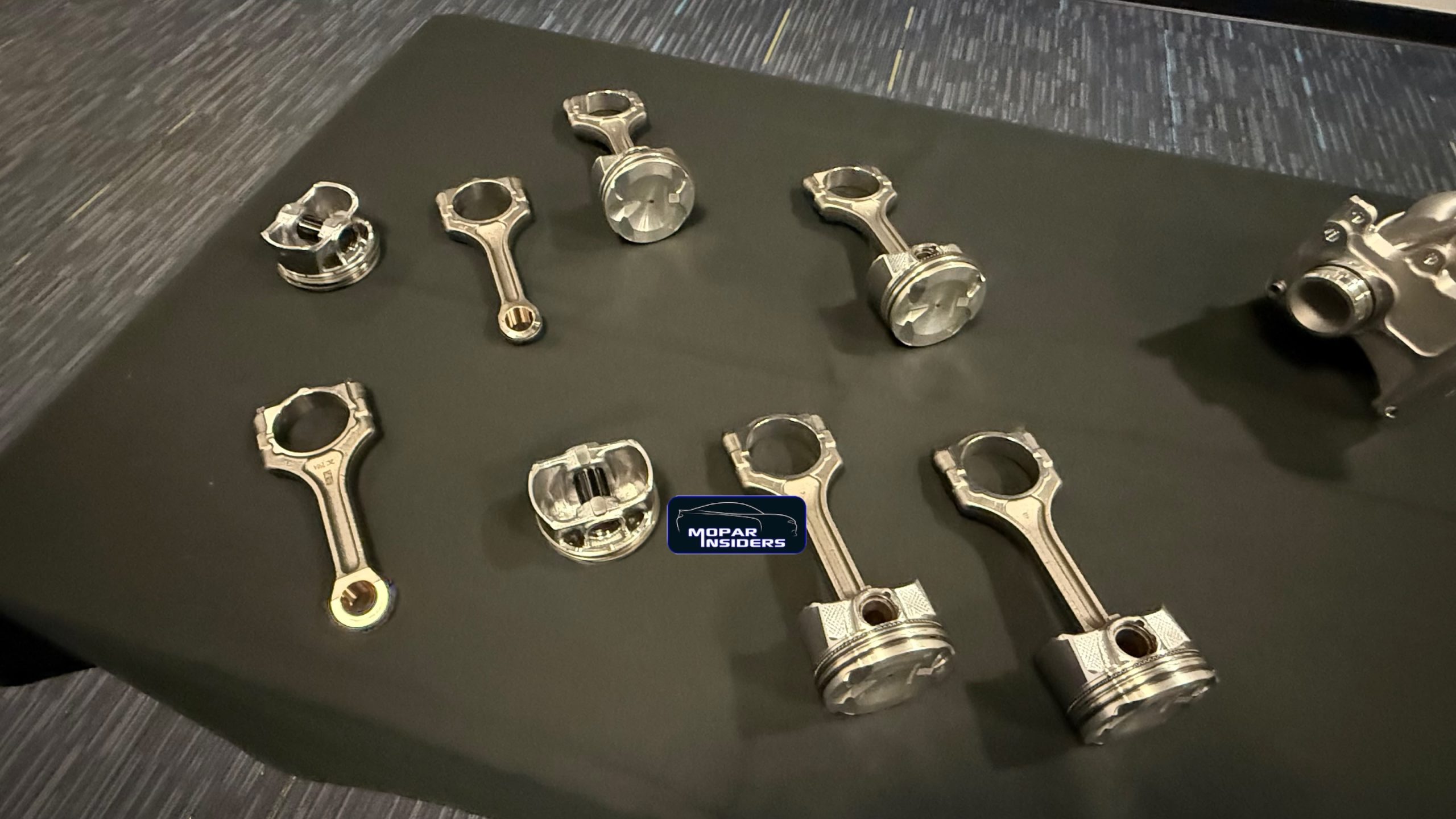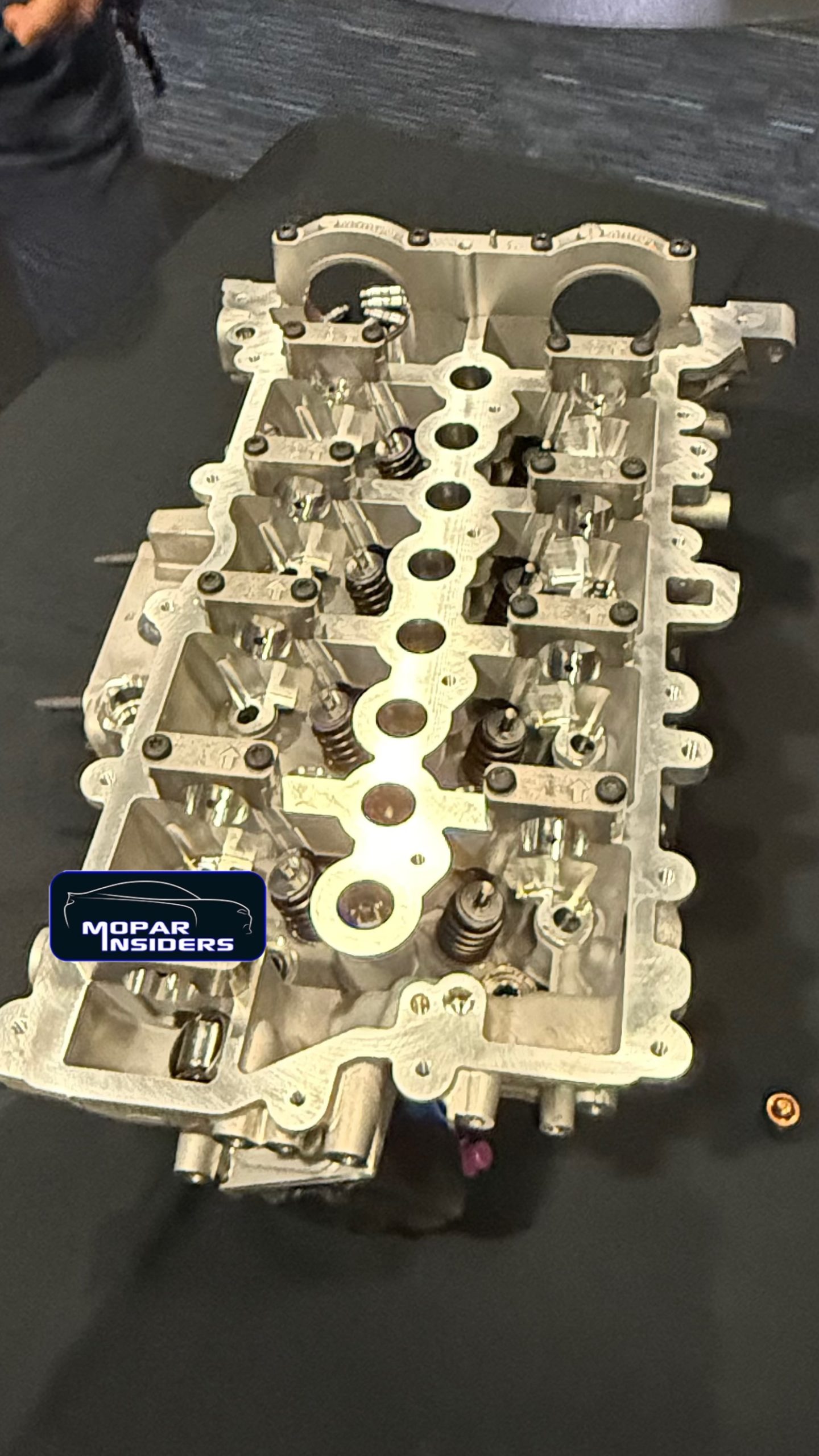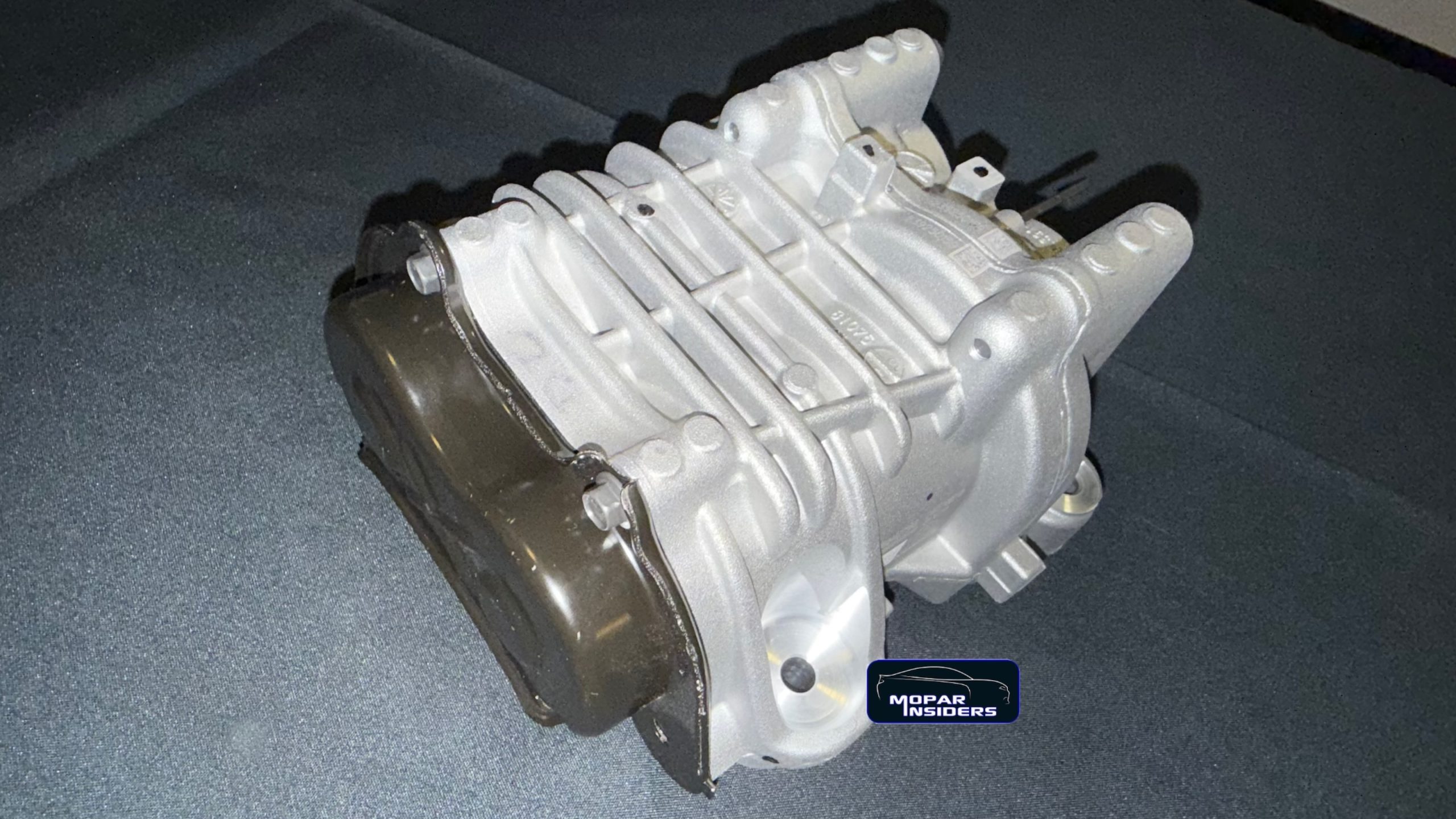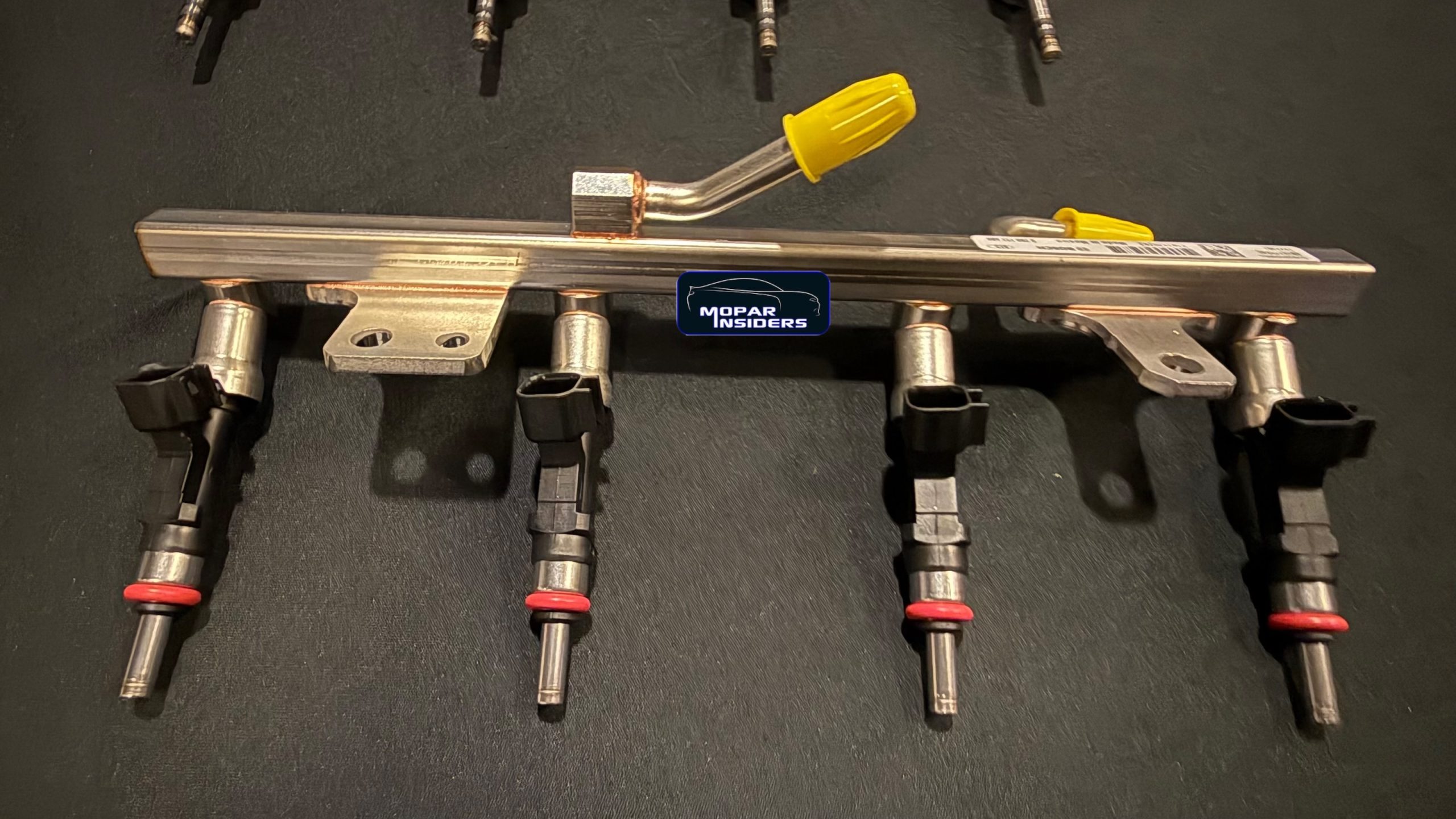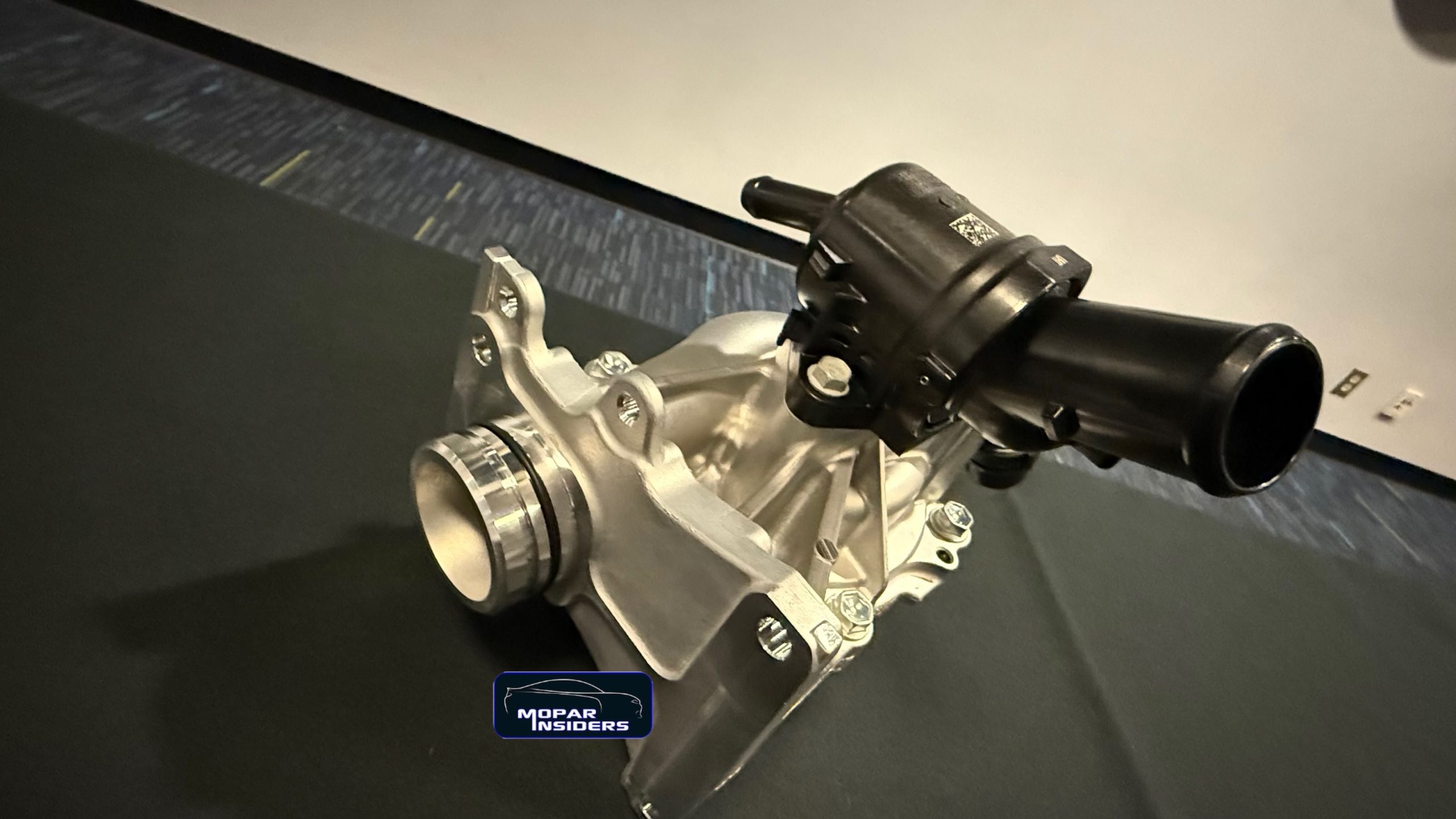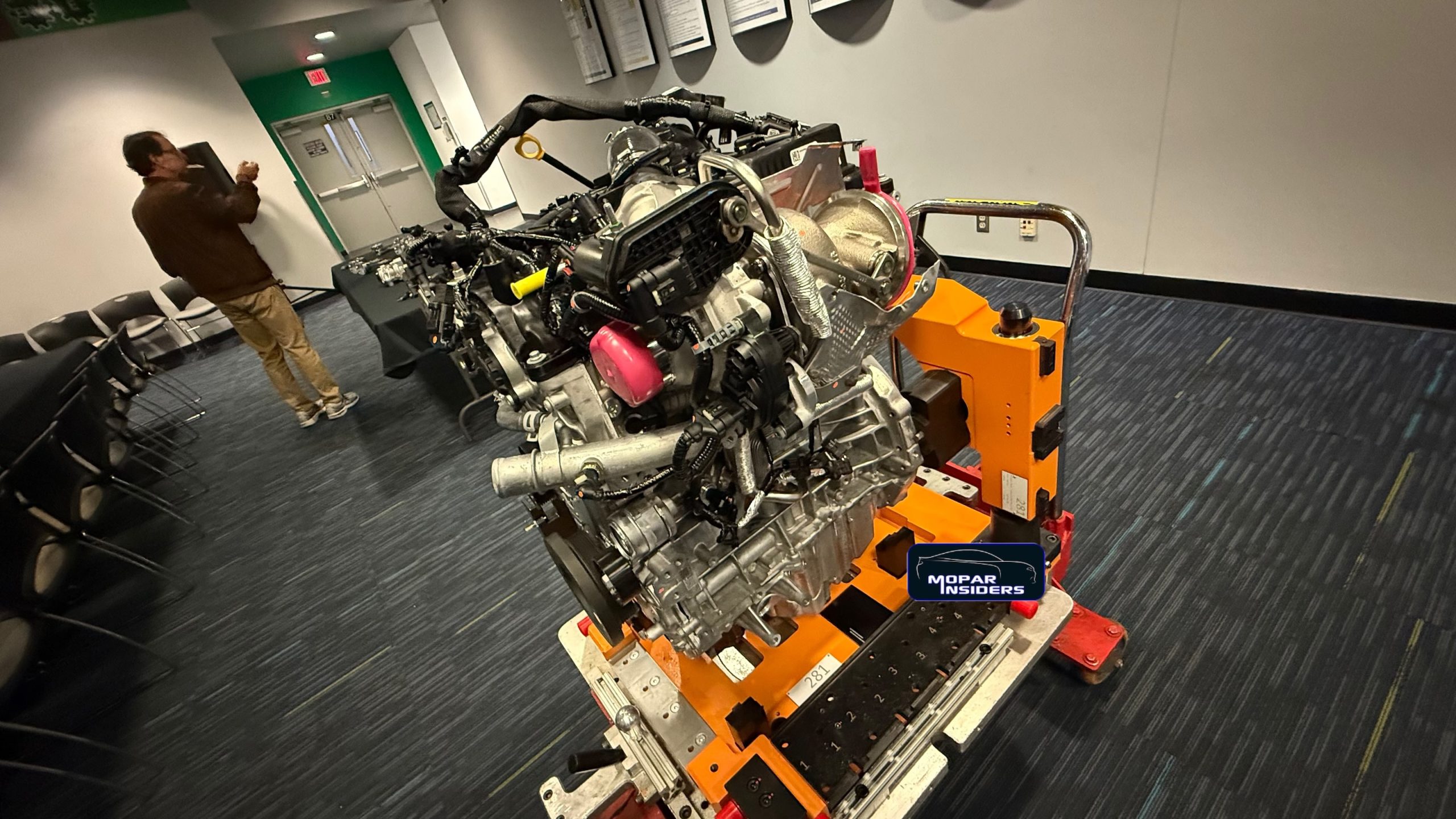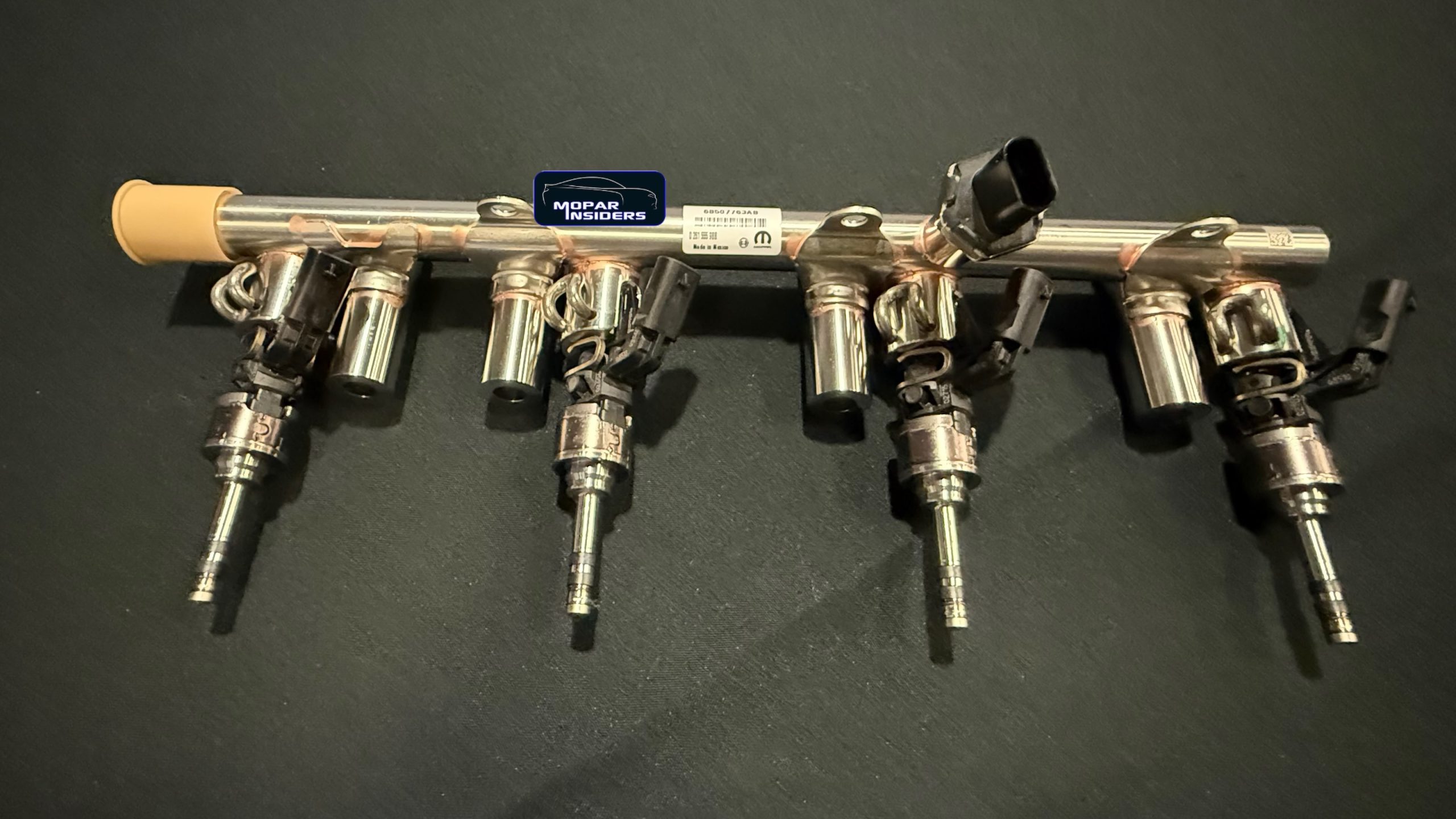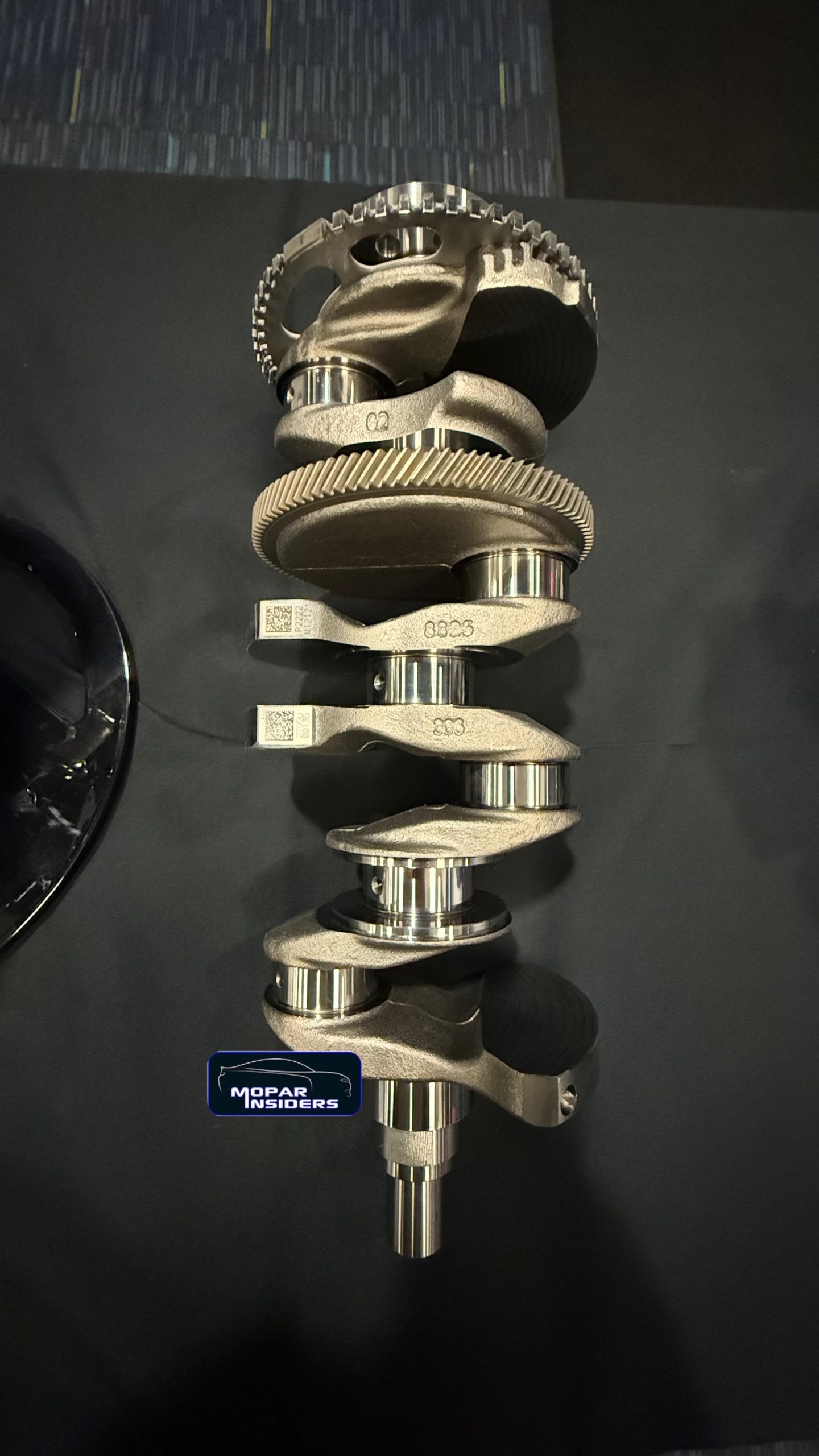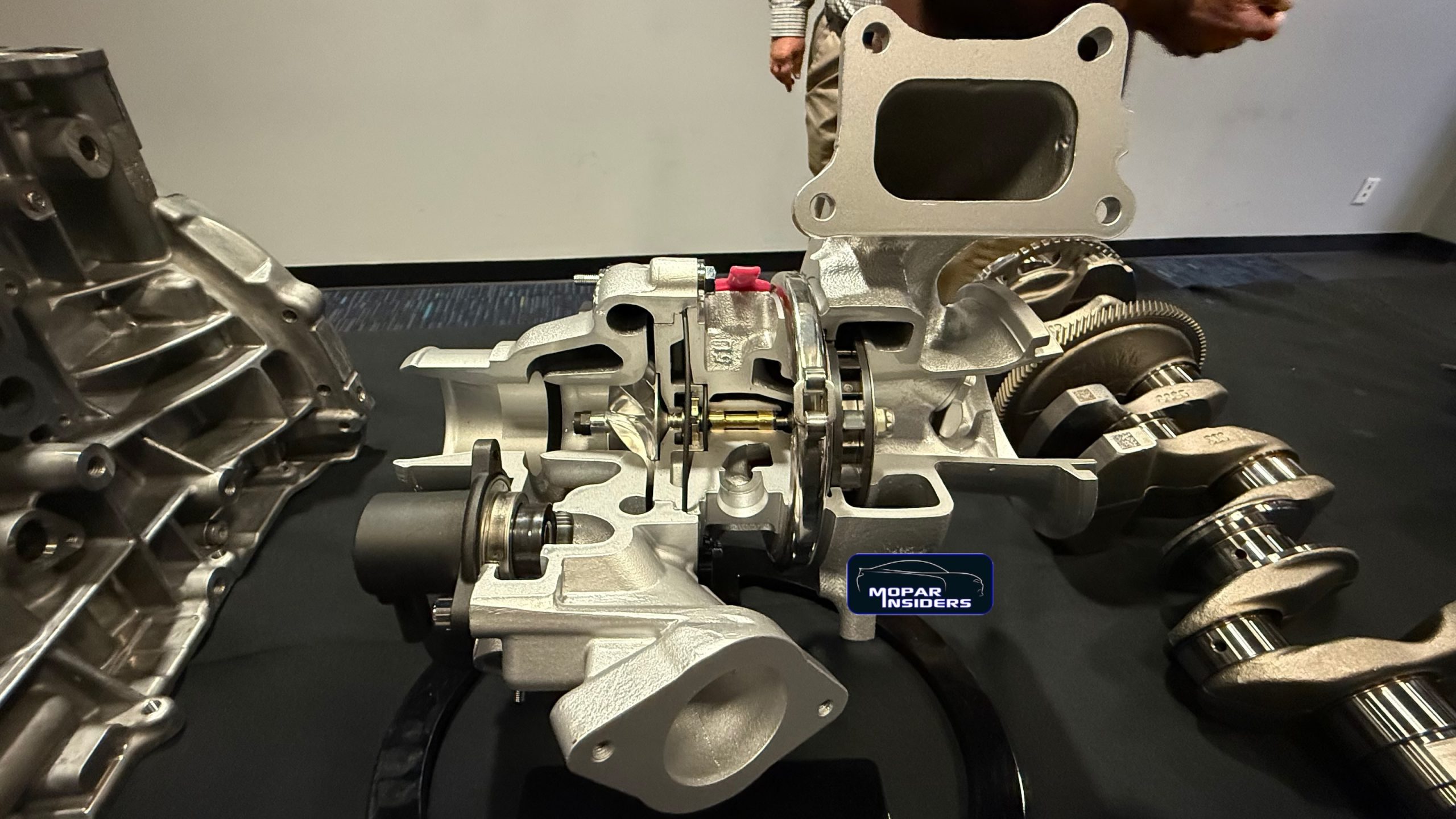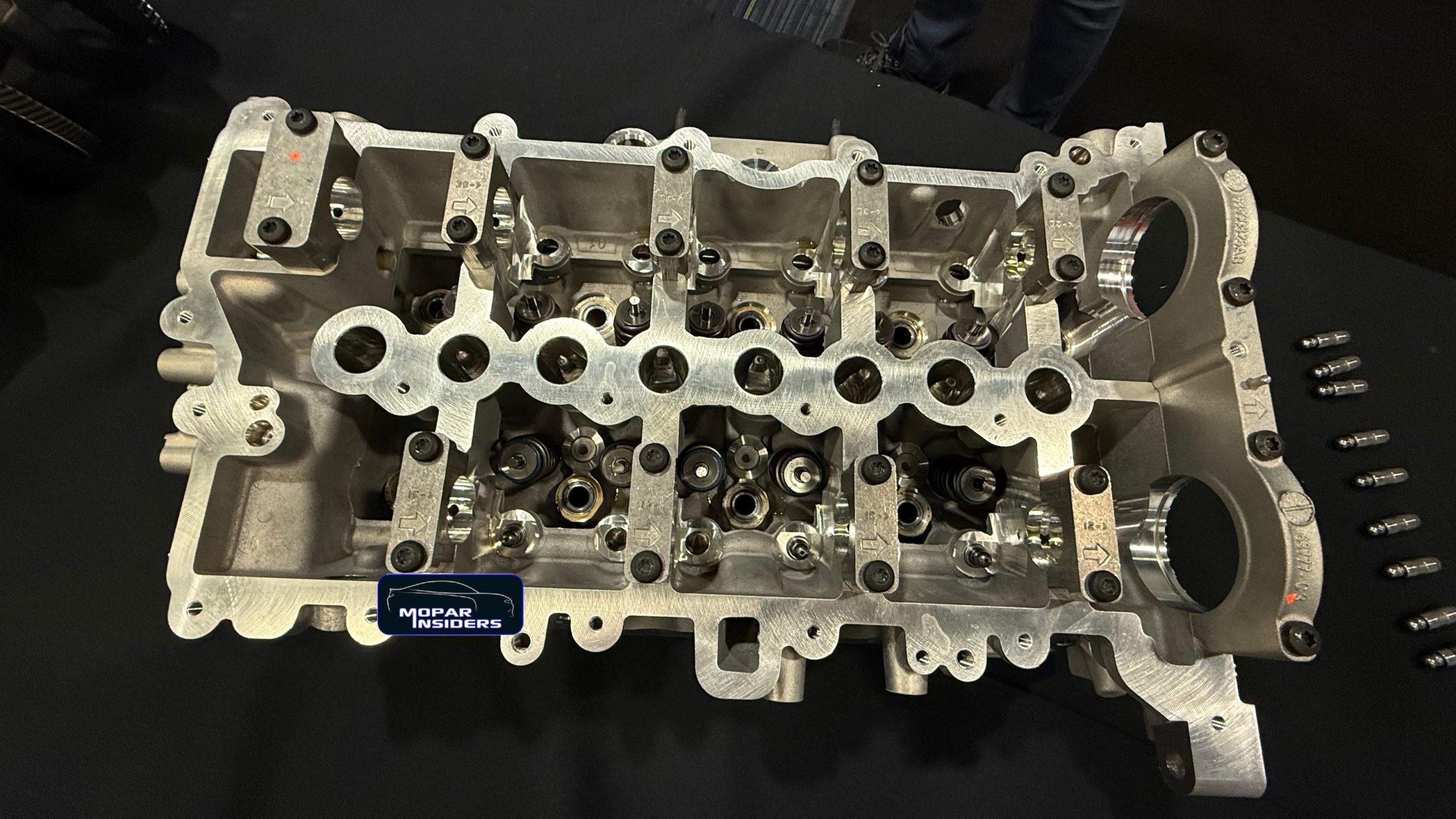Stellantis is once again shaking up the internal combustion game with the official reveal of its all-new turbocharged 2.0-liter Hurricane4 I4 engine. This compact powerhouse blends cutting-edge engineering, race-proven technology, and exceptional fuel efficiency.
Designed from the ground up, this engine represents a clean break from the current turbocharged 2.0-liter GME-T4 and ushers in a new era of turbocharged performance for the company’s global lineup.
Making its debut under the hood of the 2026 Jeep® Grand Cherokee (WL), the Hurricane4 showcases Stellantis’ ability to combine innovation with versatility. This engine is built to power everything from compact crossovers to large SUVs, serving as a flexible foundation for future gasoline, hybrid, and plug-in hybrid (PHEV) models.
Big Power in a Small Package –
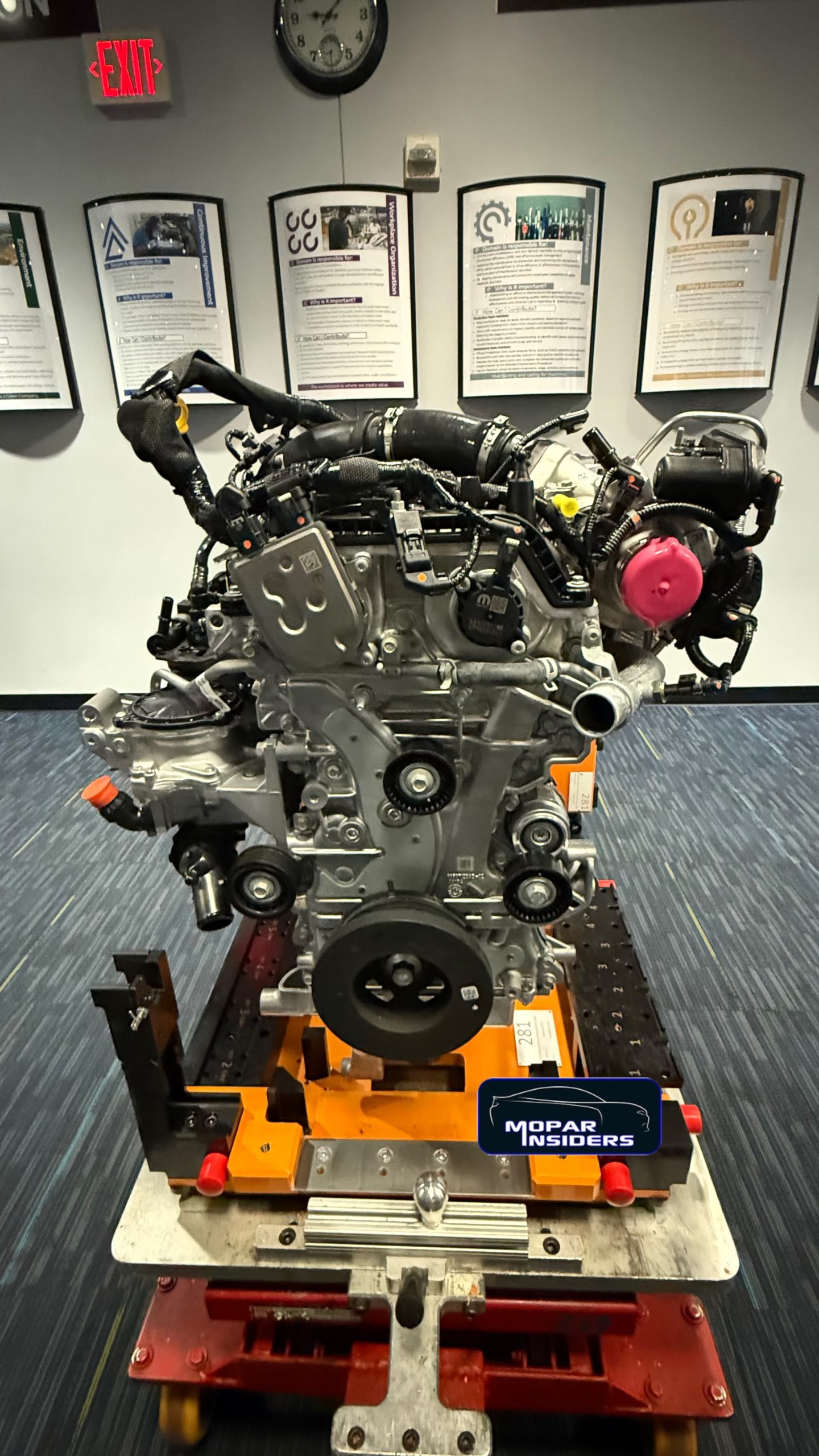
The new Hurricane4 delivers an SAE-certified 324 horsepower at 6,000 rpm and 332 lb.-ft. of torque between 3,000 and 4,500 rpm on 93 octane fuel. That’s more power and torque than many naturally aspirated V6 engines, yet it uses less fuel to get there. Stellantis engineers claim the Hurricane4 uses 10% less fuel while producing 20% more power than the outgoing 2.0-liter GME-T4.
Premium fuel is recommended for optimal performance, but Stellantis says the Hurricane4 is fully capable of running on regular 87 octane gasoline thanks to its advanced combustion strategy.
Race-Inspired Combustion: Turbulent Jet Ignition –
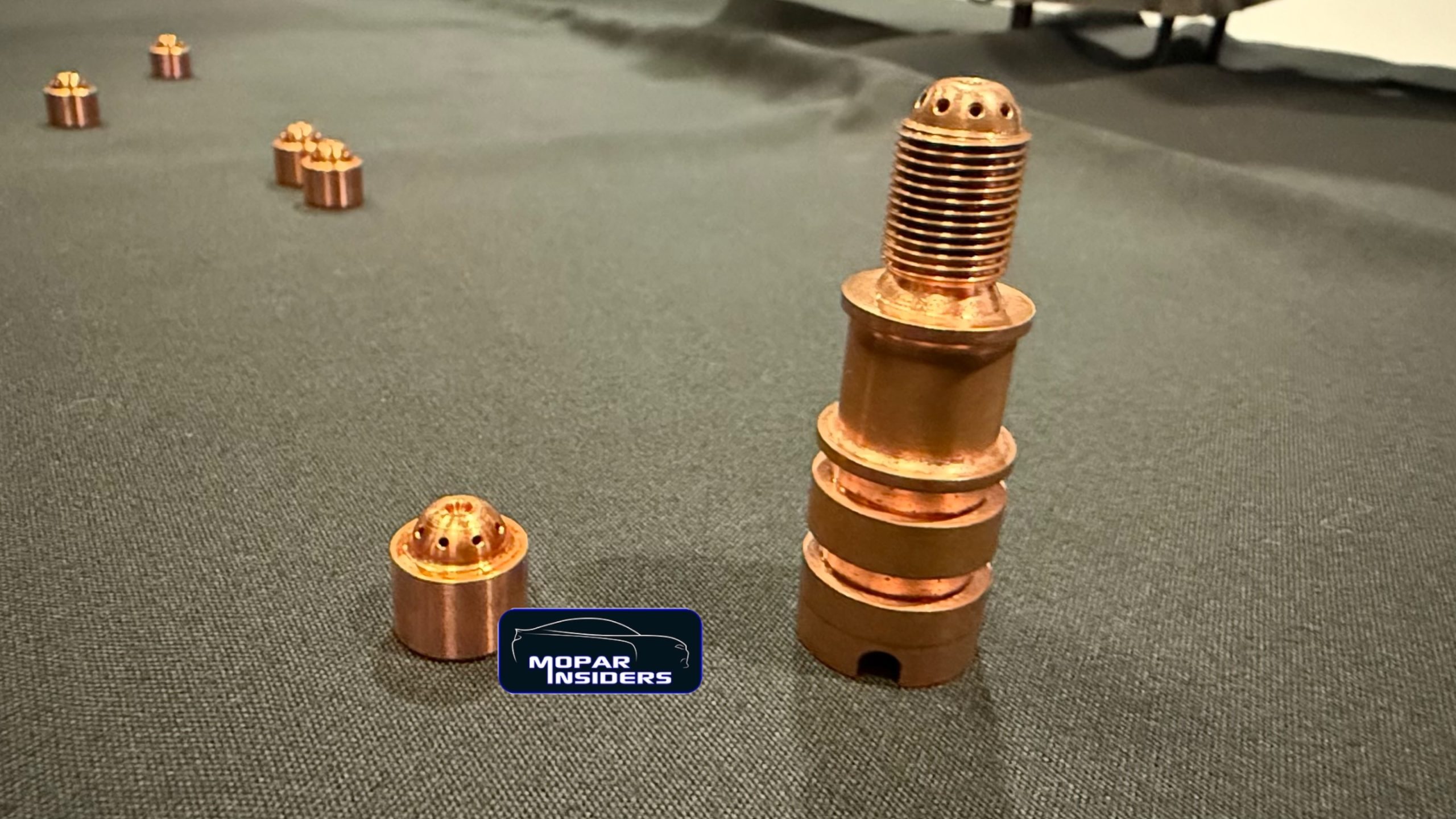
What truly sets the Hurricane4 apart is its use of Turbulent Jet Ignition (TJI) technology — the same system introduced in Maserati’s low-volume twin-turbocharged 3.0-liter Nettuno V6. In layman’s terms, TJI allows the engine to burn fuel faster and more completely, squeezing more power out of every drop of gasoline while reducing emissions.
Here’s how it works: a spark plug ignites a small pocket of fuel inside a pre-chamber above each cylinder. This creates several high-energy jets that shoot into the main combustion chamber, igniting the rest of the air-fuel mixture almost instantaneously. The result? More efficient combustion, higher performance, and improved fuel economy.
The Hurricane4 uses two spark plugs per cylinder — one for the TJI chamber and one for the main chamber — ensuring consistent ignition and smooth operation. It’s also equipped with ion-sensing technology to detect misfires and maintain precise combustion control.
Boosted Brilliance –
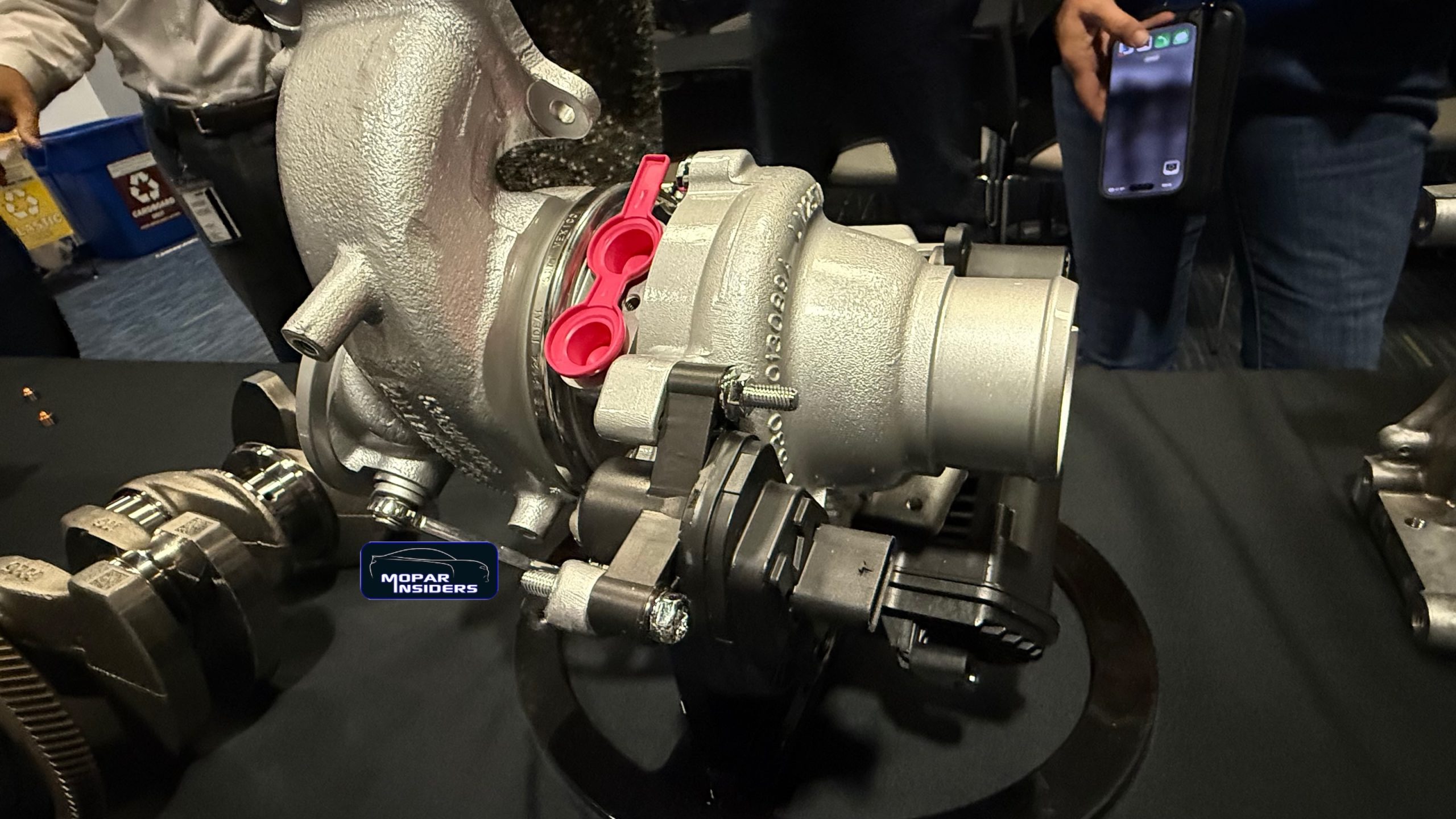
Another key to the Hurricane4’s performance is its variable-geometry turbocharger (VGT) sourced from BorgWarner. This advanced turbo uses movable vanes to adjust airflow based on driving conditions, delivering strong low-end torque without the typical “turbo lag.”
With up to 35 psi (2.4 bar) of boost pressure, the turbocharger helps the engine deliver 90% of its torque between 2,600 and 5,600 rpm and 100% torque between 3,000 and 4,500 rpm. The charge air passes through a liquid-to-air intercooler before entering the engine, cooling it and creating a denser, more potent mixture for combustion.
Built to Run Efficient –
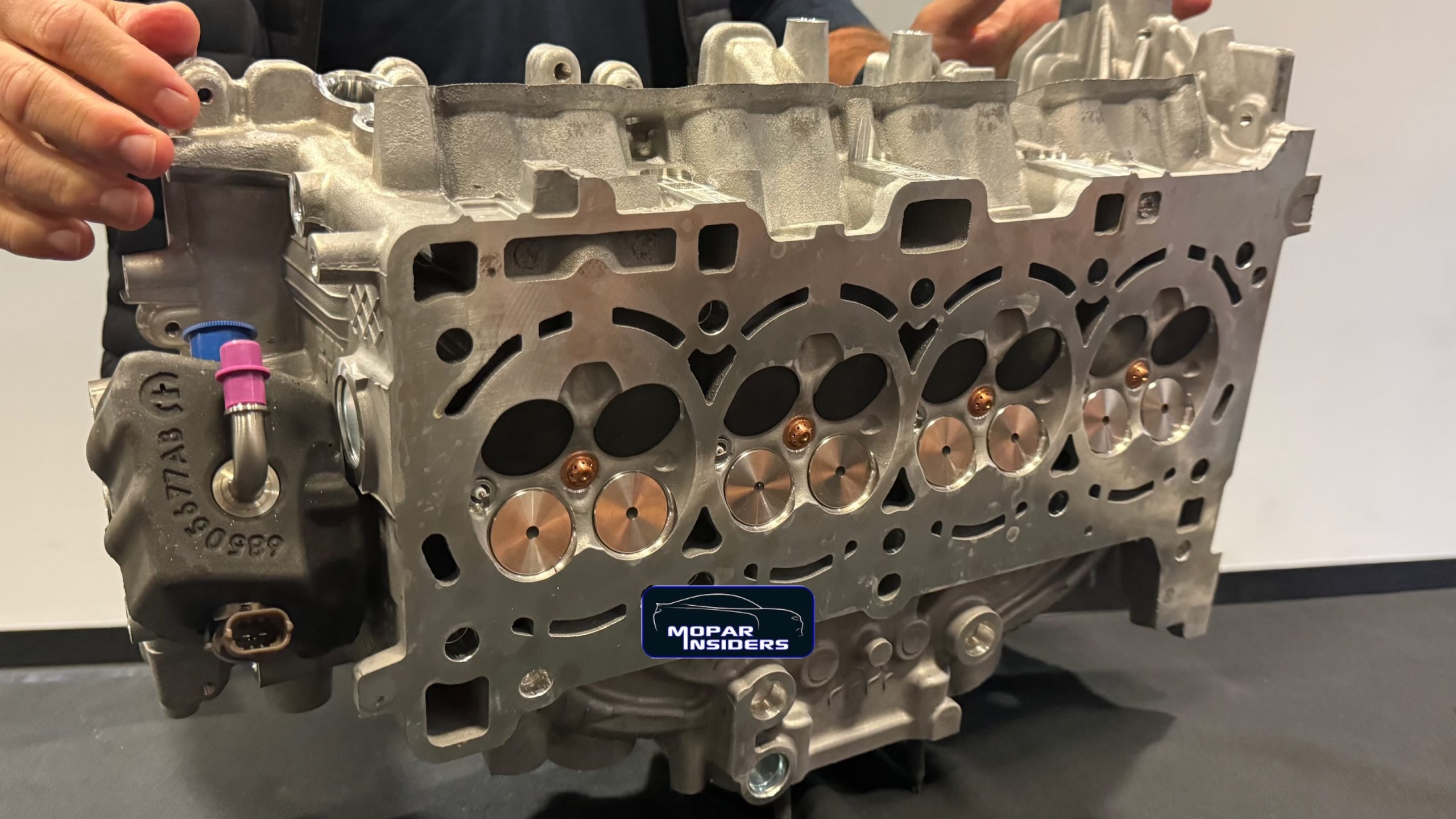
To further enhance efficiency, Stellantis engineers implemented a Miller Cycle strategy, which keeps intake valves closed longer to reduce pumping losses and improve fuel economy. Combined with the TJI system, the Hurricane4 achieves an impressive 12:1 compression ratio without knocking — a remarkable feat for a turbocharged engine.
The engine also features both port and direct fuel injection, giving it flexibility based on driving conditions. During cold starts, both systems work together to warm up the catalytic converter quickly. At low loads, the engine uses port injection for smoother operation, while high-performance driving engages both systems for maximum power.
Additionally, a variable-displacement oil pump and electric water pump minimize parasitic losses, further improving efficiency and responsiveness.
Stronger, Lighter, Quieter –
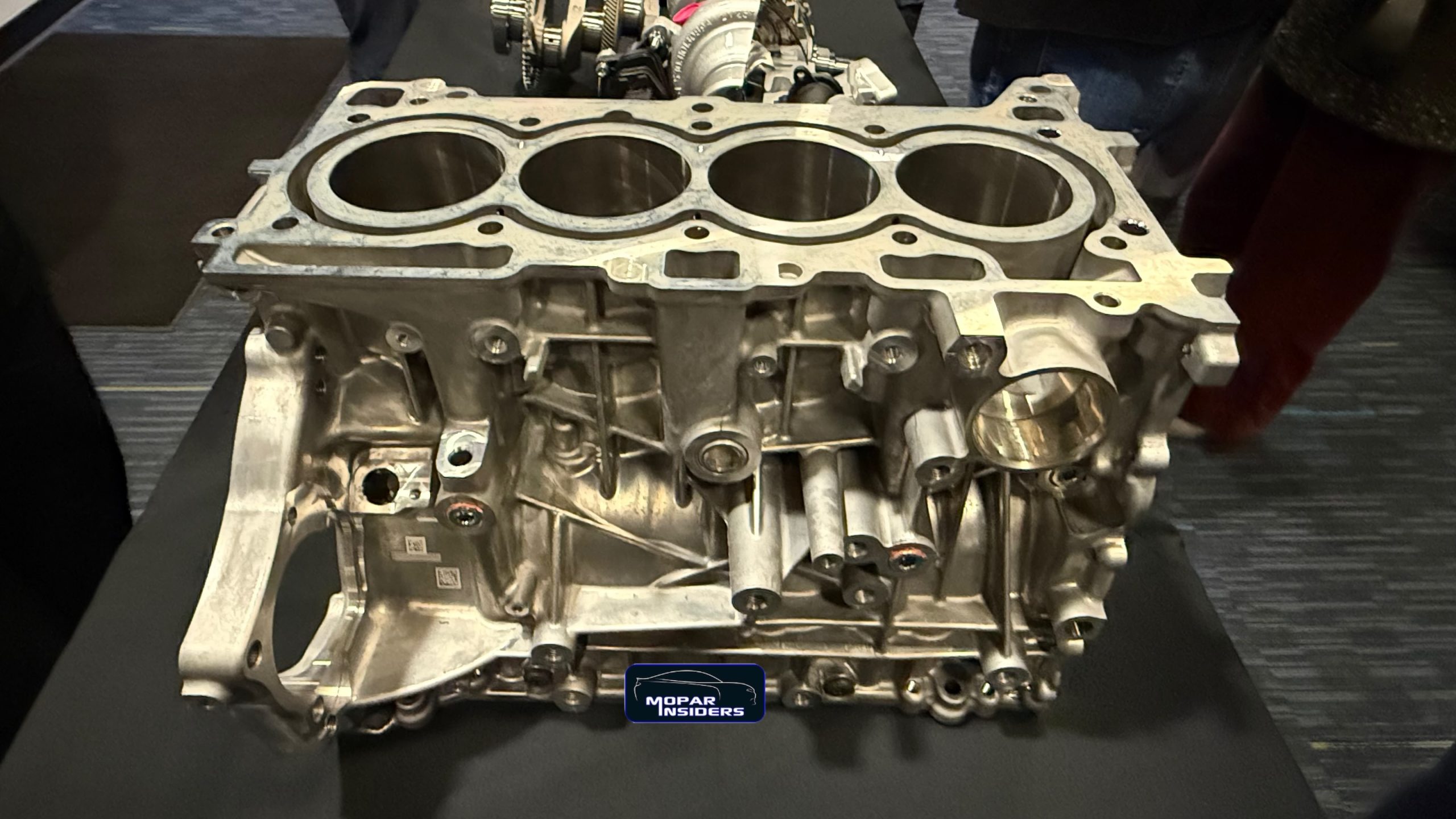
At the heart of the Hurricane4 is a die-cast aluminum block produced by Stellantis in Indiana. The design uses a deep-skirt structure for rigidity, thicker cylinder walls, and larger bearings to handle the added power and boost pressures.
Noise, vibration, and harshness (NVH) are kept to a minimum thanks to a balance shaft assembly, structural windage tray, and viscous crankshaft damper. The aluminum cylinder head houses four valves per cylinder and variable valve timing for quick throttle response. Sodium-filled exhaust valves help manage high heat under heavy loads.
Just like the twin-turbo 3.0-liter Hurricane I6 engines, the Hurricane4 uses Plasma Transfer Wire Arc (PTWA) cylinder coating — an aerospace-derived process that eliminates heavy iron liners and improves heat transfer. The coating is ten times more wear-resistant and helps keep the engine cooler during hard driving.
Made in Michigan, Built for the World –
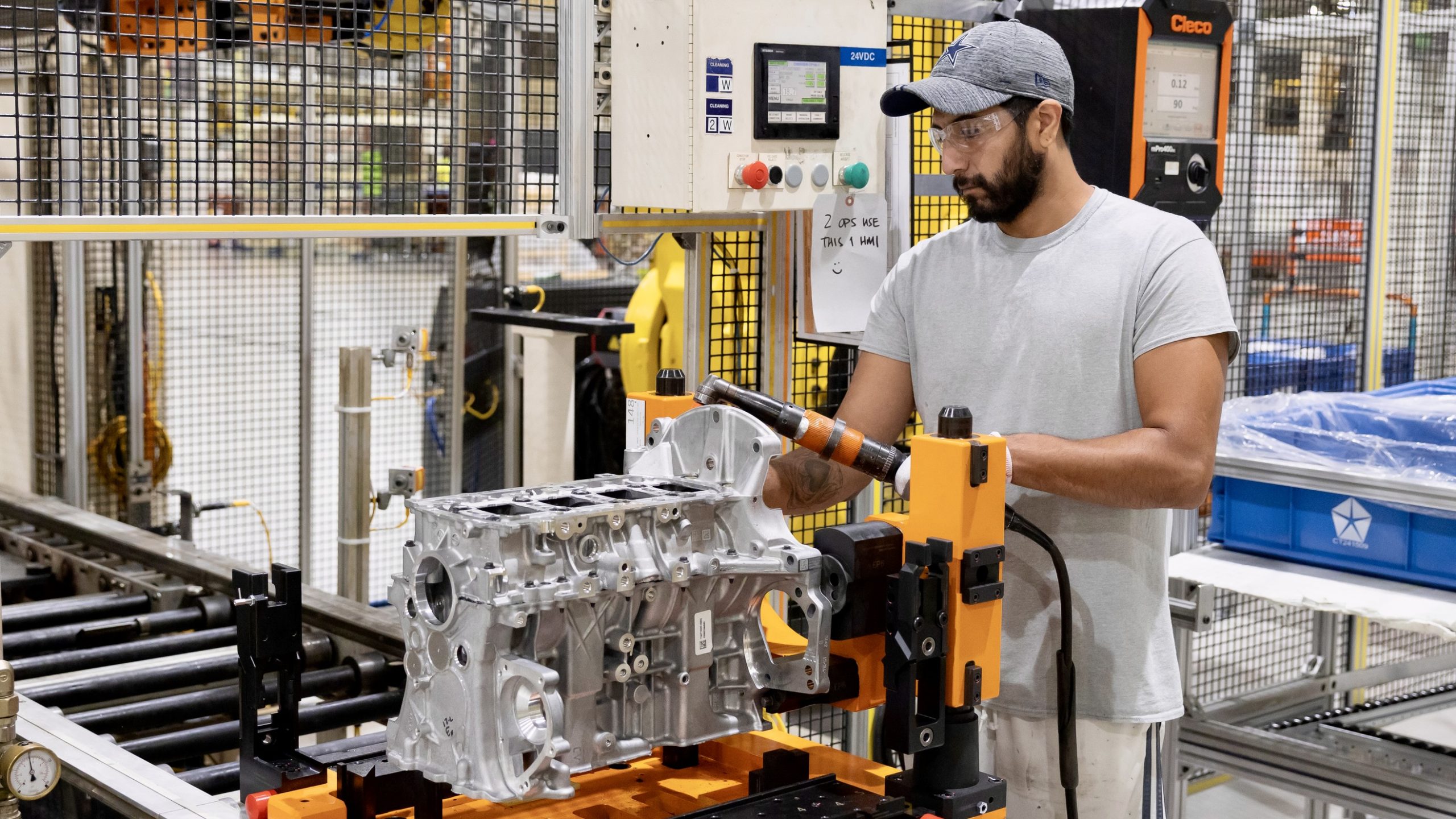
Production of the Hurricane4 takes place at the Dundee Engine Plant in Michigan, alongside Stellantis’ new turbocharged 1.6-liter EP6 hybrid engine that powers the upcoming 2026 Jeep® Cherokee (KM). Additional production will occur in Kokomo, Indiana, which also handles aluminum block casting and bore finishing. This is all part of Stellantis CEO Antonio Filosa’s recently announced $13 billion U.S. investment plan to modernize manufacturing and secure future engine production stateside.
The Next Step for Stellantis Power –
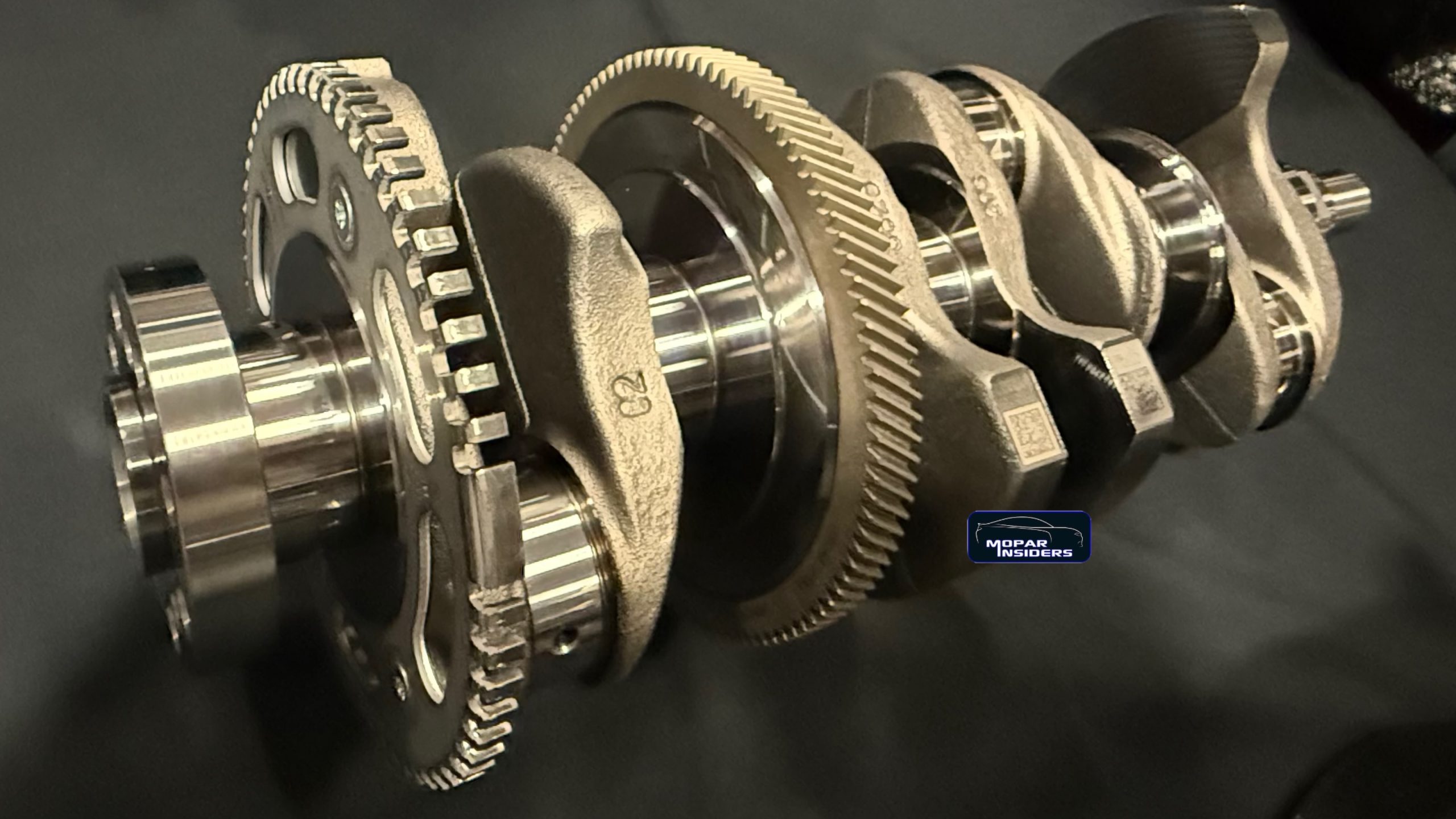
The new Hurricane4 isn’t just a replacement for the outgoing GME-T4 — it’s the foundation for a new generation of efficient, powerful engines that will support Stellantis’ electrified future. It bridges the gap between traditional combustion and hybrid technology while setting a new benchmark for small-displacement performance.
With its debut in the 2026 Jeep Grand Cherokee, the Hurricane4 will soon be available in other Stellantis vehicles, delivering robust performance, efficiency, and refinement.

